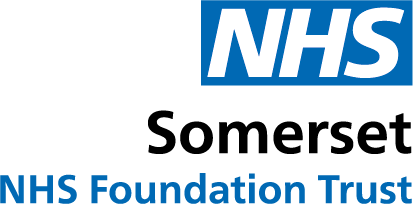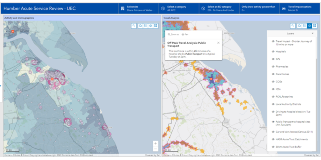
Despite large amounts of healthcare data being available to health systems, it’s difficult to understand what impact social factors like deprivation have on the population's ability to access healthcare services and to have good outcomes. We helped Somerset NHS Foundation Trust better understand how the utilisation of elective and emergency care differs between populations.
Objective
To understand what impact social factors like deprivation have on the population's ability to access healthcare services and to have good outcomes.

What we did
We helped Somerset NHS Foundation Trust better understand how the utilisation of elective and emergency care differs between populations living in areas of high deprivation versus those living in affluent, less deprived, parts of the geography. We also identified key lines of enquiry (KLoE) to carry out a deeper dive into the data.
We created a local adaptation of the Core20plus5 definition of deprivation (the most deprived 20% nationally), by expanding this to include the most deprived 30%. We split the remaining groups into the 30% least deprived, and the 40% in the middle. We then used this to create a population segmentation where we split the population into these three deprivation groupings and 10-year age band. We then performed the same splits on a range of activity data, to provide the numerator figures for the population denominators, to create activity rates by deprivation group and 10-year age band. We then used these rates to compare various measures of access, attendance/admissions rates, and other metrics such as average length of stay per 1,000 people for emergency and elective care in two ways, the difference between the 30% most deprived to the 30% least deprived and 30% most deprived against the middle 40%.
Activity
Population health analytics
Compared various metrics to understand what impact social factors have on the population's ability to access healthcare services
Data-driven decision-making
Health improvement and inequalities
Outcome
The analysis was able to describe a significant difference in DNA (Did Not Attend) rates between the 30% most deprived and the 30% least deprived. Findings were even more nuanced when looking at the results by appointment type (i.e. face-to-face, virtual, new and follow-up), speciality and 10-year age bands.
The Trust is using the results to adapt the way it communicates the timing and frequency of appointment reminders. It is contacting patients who repeatedly DNA via text to understand the reasons for their difficulties attending appointments. The analysis will help the Trust understand those patients most likely to DNA (such as the younger adult population from the most socially deprived areas) to target these patients for supportive phone calls to avoid the DNA in the first place.
Ultimately we found that using routinely available data it is possible to generate meaningful and useful insights into the differences in access to healthcare between populations and to explore in detail some of the factors that may be driving these differences.






